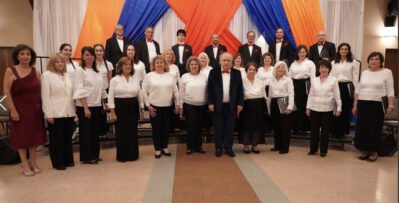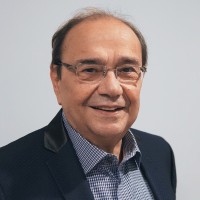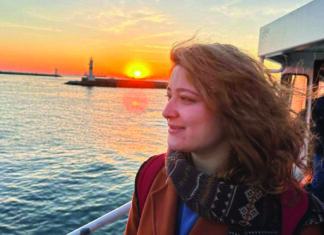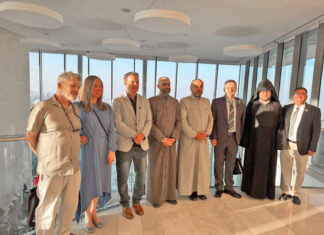As told by William Saroyan:
Well, I was born there, if that helps, for birth is into the world, into the unresolved and unresolvable universe, into the entire dynamic mystery of living matter, and not into a town. Still, one soon hears about the specific place of beginning, even if one is no longer there or the place has changed, and so it must mean something to know where one was born.
One even knows the street, sometimes even the house.
The street was H, the 8th letter of the alphabet, the year, 1908, the month August, the day the 31st. H for Home, no doubt. I haunted the street, on purpose and by accident for years, but I never saw the house. It was gone by the time I was looking in earnest; in its place was a warehouse, then a garage, then a hotel, and finally a parking lot.
But neither street nor house ever made the town my favorite, nor the fact that I began in the town; it was something else.

What was it?










